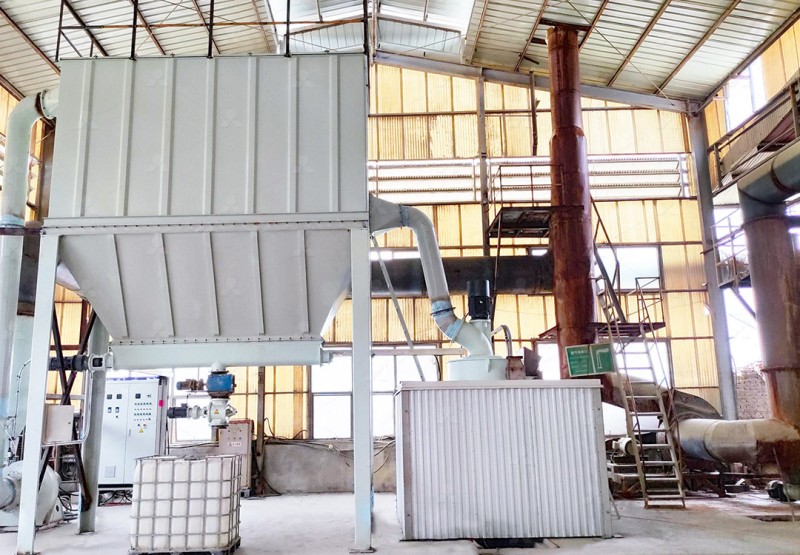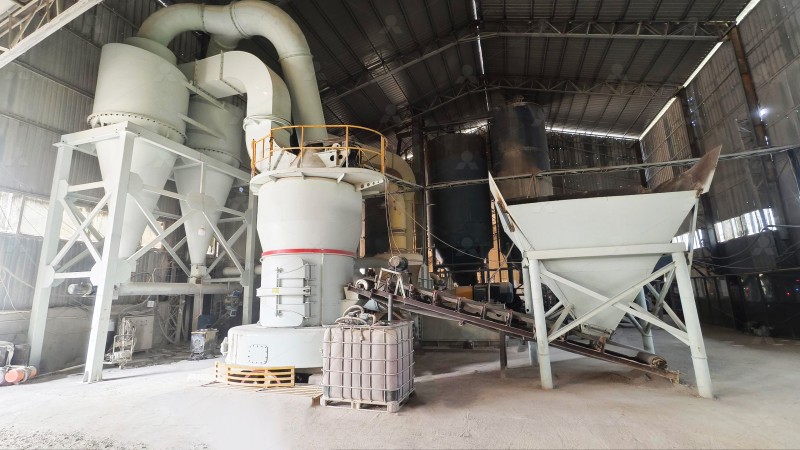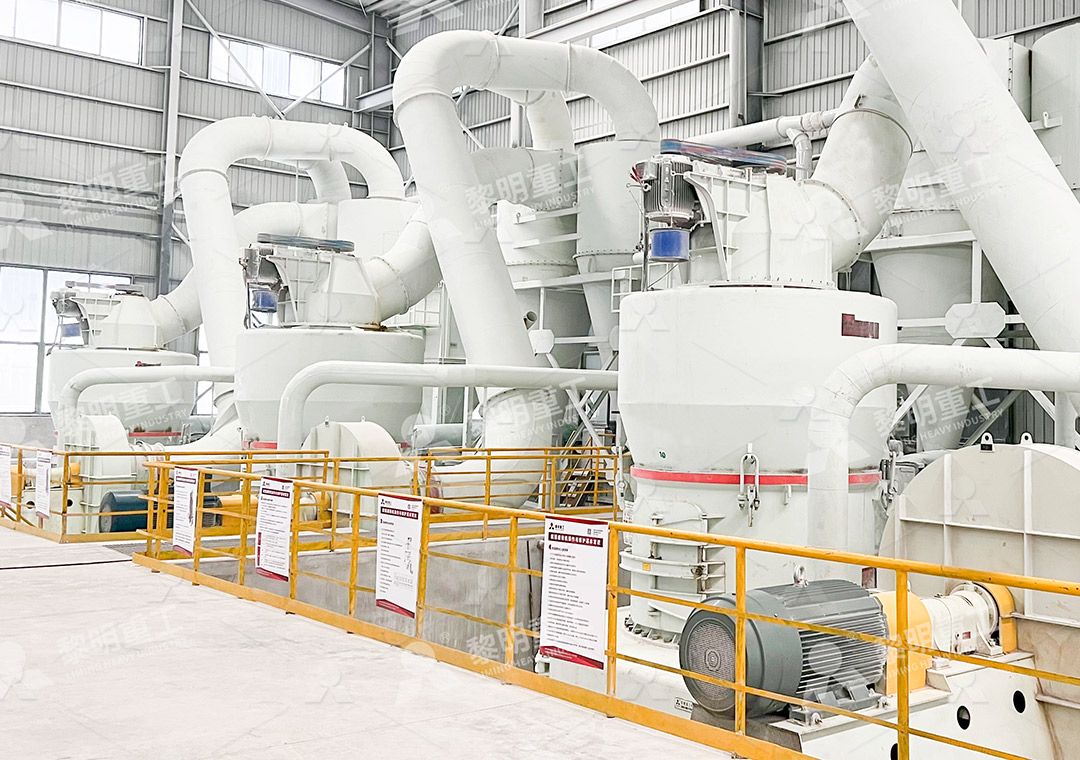Optimized Structure of Dolomite Ultrafine Grinding Mill for Enhanced Performance
Optimized Structure of Dolomite Ultrafine Grinding Mill for Enhanced Performance
The processing of dolomite into ultra-fine powders presents unique challenges that demand specialized grinding equipment. Conventional mills often struggle with achieving consistent particle size distribution, managing energy consumption, and maintaining operational stability when dealing with this specific mineral. The key to superior dolomite processing lies in mill structural optimization that addresses these fundamental requirements.

Structural Innovations for Dolomite Processing
Dolomite’s specific hardness and cleavage characteristics necessitate grinding equipment with precisely engineered grinding curves and optimized material flow paths. The most advanced solutions incorporate German powder separation technology combined with innovative grinding chamber designs that eliminate traditional bottlenecks. Particularly noteworthy is the absence of rolling bearings and screws within the grinding chamber itself, which significantly reduces maintenance concerns and potential contamination points.
The integration of efficient pulse dust collection systems represents another critical structural enhancement. For dolomite processing, where fine powder containment is essential for both product quality and environmental compliance, these systems ensure no dust pollution occurs during operation. Combined with specialized mufflers and noise elimination technology, modern mills achieve full compliance with stringent environmental protection standards.
Performance-Optimized Solutions
Among the available technologies, our MW Ultrafine Grinding Mill stands out for dolomite applications. Engineered specifically for customers requiring ultra-fine powder production, this machine processes materials with input sizes of 0-20 mm and achieves capacities ranging from 0.5 to 25 tph. Its newly designed grinding curves for the grinding roller and ring enhance efficiency dramatically, delivering production capacity 40% higher than jet grinding mills and double that of ball grinding mills at equivalent fineness and power levels.

The MW series features adjustable fineness between 325-2500 meshes, accomplished through a cage-type powder selector that increases separation precision. For operations requiring maximum flexibility, multi-head cage-type powder selectors can be configured according to specific production requirements for yield, fineness, and sieving rate. The system achieves remarkable screening efficiency with d97≤5μm in a single pass.
Operational Advantages in Dolomite Applications
Dolomite processing benefits significantly from the external lubrication system design, which allows lubrication without shutdown. This feature enables continuous 24-hour production cycles, crucial for meeting demanding production schedules. The strategic placement of the lubricating device outside the main shaft eliminates concerns about bearing damage or sealing part failures that commonly plague traditional mill designs.
For operations requiring even greater precision and stability, our LUM Ultrafine Vertical Grinding Mill offers additional advantages. With input sizes of 0-10 mm and capacity of 5-18 tph, this mill integrates the latest Taiwanese grinding roller technology with German powder separating technology. Its unique roller shell and lining plate grinding curve design generates material layers more effectively, enabling high rates of finished products through single-pass powder milling.

FAQ
What makes the MW Ultrafine Grinding Mill particularly suitable for dolomite processing?
The MW series features specifically engineered grinding curves and chamber designs that address dolomite’s unique hardness and cleavage characteristics. The absence of internal screws and rolling bearings in the grinding chamber prevents contamination and reduces maintenance, while the advanced powder separation system ensures consistent particle size distribution.
How does the energy consumption compare to traditional grinding mills?
The MW Ultrafine Grinding Mill reduces system energy consumption to just 30% of equivalent jet grinding mills while delivering 40% higher production capacity. This efficiency stems from optimized grinding mechanics, reduced air-conveying resistance, and advanced motor designs.
What environmental benefits do these mills provide?
Both the MW and LUM series incorporate efficient pulse dust collectors that eliminate dust pollution during operation. Combined with silencers and noise elimination technology, these mills operate well within national environmental protection standards, making them ideal for environmentally sensitive locations.
Can the fineness be adjusted during operation?
Yes, the cage-type powder selector allows operators to adjust product fineness between 325-2500 meshes without shutdown. The multi-head configuration option provides additional flexibility for operations requiring frequent changes in product specifications.
What maintenance advantages do these designs offer?
The external lubrication system enables maintenance without production stoppages. The absence of internal bearings and screws eliminates common failure points, while the reversible structure on the LUM series allows easy access to grinding components for inspection and replacement.
